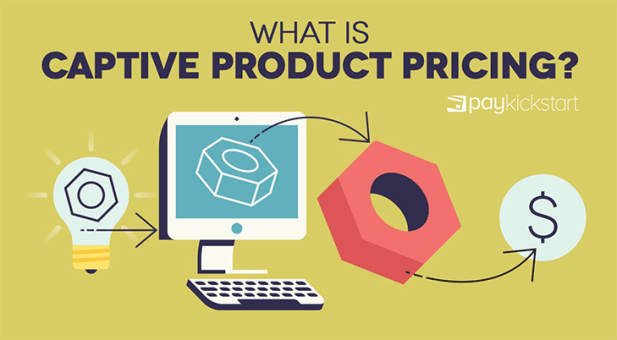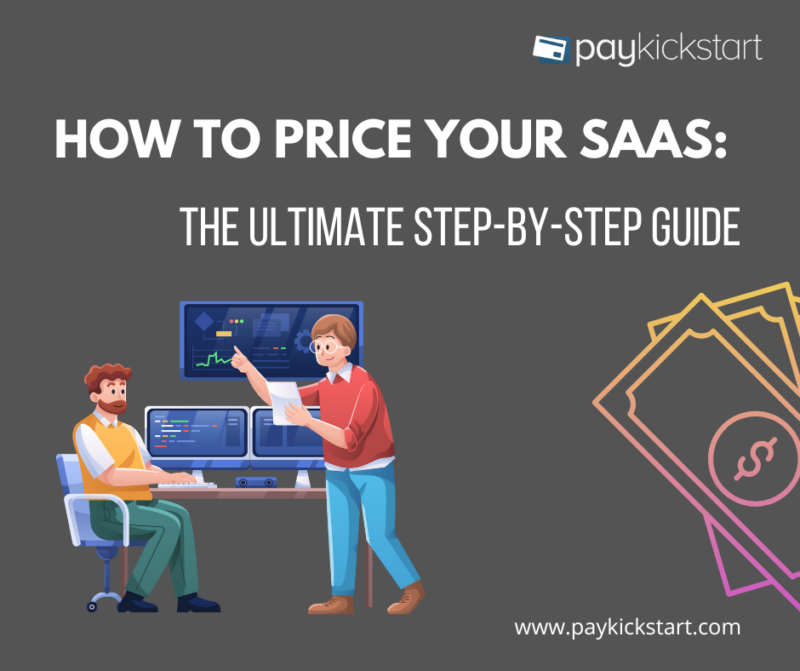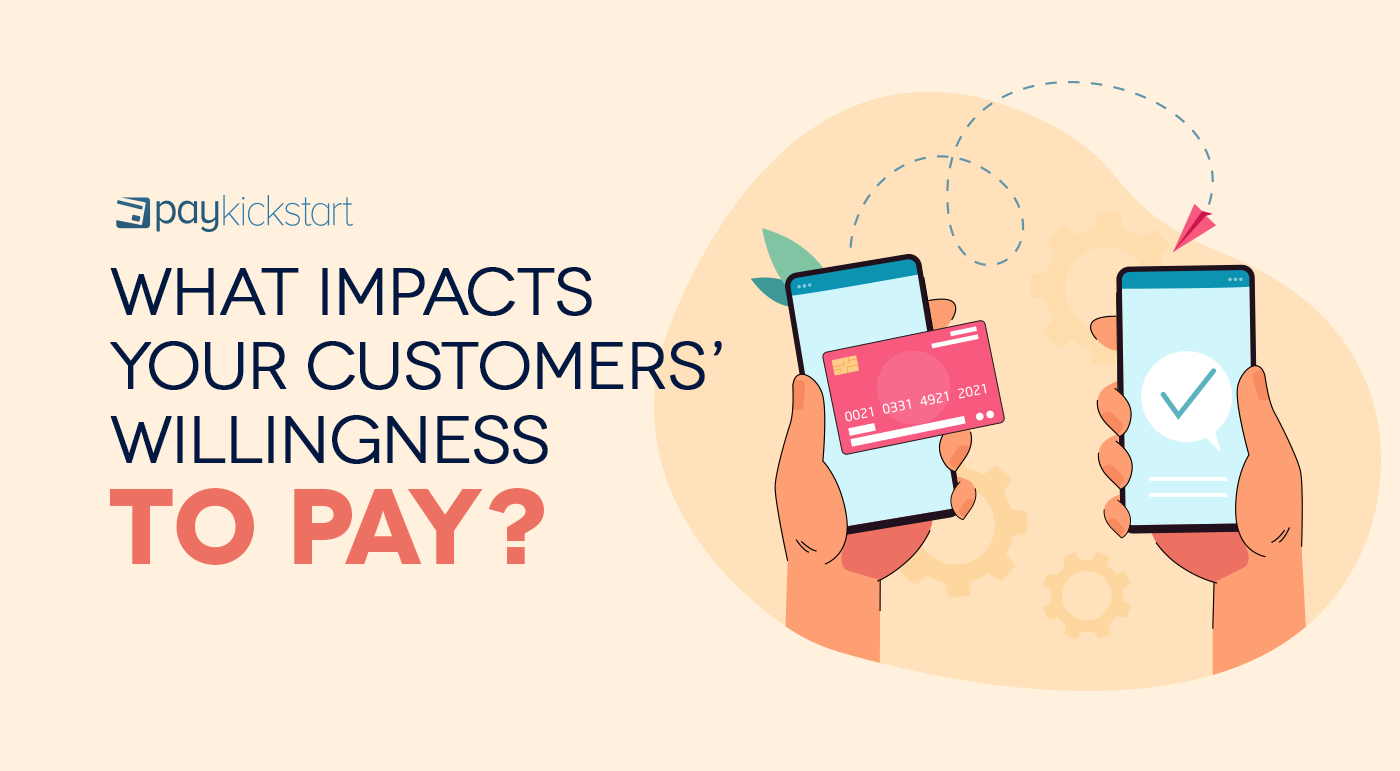Subscription growth hack (by PayKickstart)
Facebook Group - 3,932 members
Visit Group
Captive product pricing is one of the most effective ways for ecommerce stores and SaaS providers to increase revenues. With captive product pricing, you offer related and compatible products that people will hopefully purchase alongside and after their initial purchase.
Take a printer, for example. When you buy a printer, many stores will try to sell you the ink and paper that goes with your printer. They may also try to sell you an extended warranty. Often, the initial product purchased is being sold at a discount with the retailer earning a small profit margin (or no profit at all). The ink, however, will be marked up substantially, allowing the retailer to product profits off of the captured sales.
Printers aren’t much use without ink.
Let’s look at another example: video game consoles. When Sony launched its Playstation 4 video game system, it cost an estimated $381 dollars to build. They then sold it for $399, a markup of just $18 dollars. Why would Sony sell a console with such a narrow profit margin?
Captive products. The company wanted to capture the future sales of video games, controllers, and other accessories. Sony didn’t need to make a lot of money off of the consoles itself because they could generate profits off of the captive products.
Captive product pricing works best when the secondary products are all but necessary for the operation of the core product. With the PS4, for example, you can’t play games without purchasing them first. Without games, the PS4 is just a really expensive home media console.
So once you have a PS4, you’re all but required to purchase video games in order for the console to add any value. Likewise, if you want to use your recently purchased printer, you need ink. Since further purchases are required, the company can sell the core product at a discount, knowing they can drum up revenues elsewhere.
Printer companies, among others, face a particular challenge when it comes to captive pricing: knock offs. Consumers can often buy off-brand printer cartridges or refill kits for a much lower price. Printer companies thus also rely on brand appeal, trust, and convenience to secure sales.
Sony, on the other hand, doesn’t have to worry as much about knock-offs. Only games that have officially been approved by Sony can be played on the system. It is possible to hack a gaming console so that it will play pirated games but this is quite difficult to do. In this case, Sony is in a much better position.
First, you have to identify a core product. We’ve already mentioned video game consoles and printers. Other common core products include razor blades, which are often sold for cheap but when it comes time to buy new blades, you have to shell out quite a bit.
Theme parks could likewise be considered a “core” product. You pay an entry fee and then the theme park will try to generate profits off of concessions and souvenirs. Keurig coffee machines are another example. The machines themselves are relatively affordable but the coffee/drink pods are quite pricey.
Keurig coffee pods can get quite expensive.
The key is identifying a product that will then necessitate future purchases. Once you find that product, you sell it to consumers at an affordable price, accepting narrow profit margins. Then you sell the compatible accessories but increase the profit margins. If a consumer becomes dependent on the core product, they’ll often shell out a lot of money for the secondary products.
The secondary products can be sold alongside the initial purchase. In fact, you can sell them right in your shopping cart. Let’s say you run an online video game store. So you sell a PS4 and when the customer goes to check out, you use PayKickstart’s one-click upsell feature to offer them the chance to buy a popular video game.
Captive product pricing is essentially an upsell marketing method. First, you get the customer’s attention with the core product, then you try to upsell them more products. This allows you to increase average transaction values and customer lifetime values. If your pricing strategy is done correctly, profits as well.
Captive pricing can be very effective. For Sony, the PS4 division has been their most profitable division in recent years. Other companies have likewise made their fortunes with upselling. Best Buy, for example, makes a big portion of their profits off of selling extended warranties.
PayKickstart uses a similar pricing strategy that’s proven very effective at driving growth. We offer a basic plan for just $29.99. However, if you want to get the most out of our product, you have to sign up for a more expensive premium or professional plan.
As soon as you sign up for one of these plans, you’ll gain access to our powerful order bumps, lead tracking, and other features. Many of our customers start with a basic plan but later upgrade to a premium or professional plan because they recognize how much value these features add.
Let’s assume you’ve identified your core product. Or maybe you’ve realized that there is no core product but you want to upsell other products and services anyways. Even if there’s no core product, you can still use upselling to bolster your bottom line. Either way, upselling is easy with PayKickstart.
We realized that the shopping cart itself offers a great opportunity to upsell more products. By the time customers go to check out, they are very close to making their purchase. They’ve done all the necessary research and product comparisons, and they’ve honed in on the product that’s most appealing.
By using one-click upsells, you may be able to secure more sales, including captive products. With this feature, the opportunity to make an additional purchase is integrated directly into the shopping cart. The customer doesn’t need to visit another page or re-enter their payment information. Just one click and they are done.
Using one-click upsells, our customers have been able to more than double their revenues. For captive products, this feature is both effective and easy to use.
Money makes the world go round. As a business competing in a marketplace, you need to do everything you can to beat out the competition. Captive product pricing and other upselling strategies offer ways for you to increase revenues and profit margins. Fortunately, upselling is easy with PayKickstart.
Michael Harbone is an experienced copywriter, writing professionally since 2017. He has written for multiple digital marketing companies gaining the reputation for writing engaging, concise articles one which received an award from Upcity.
Read More About Michael Harbone
